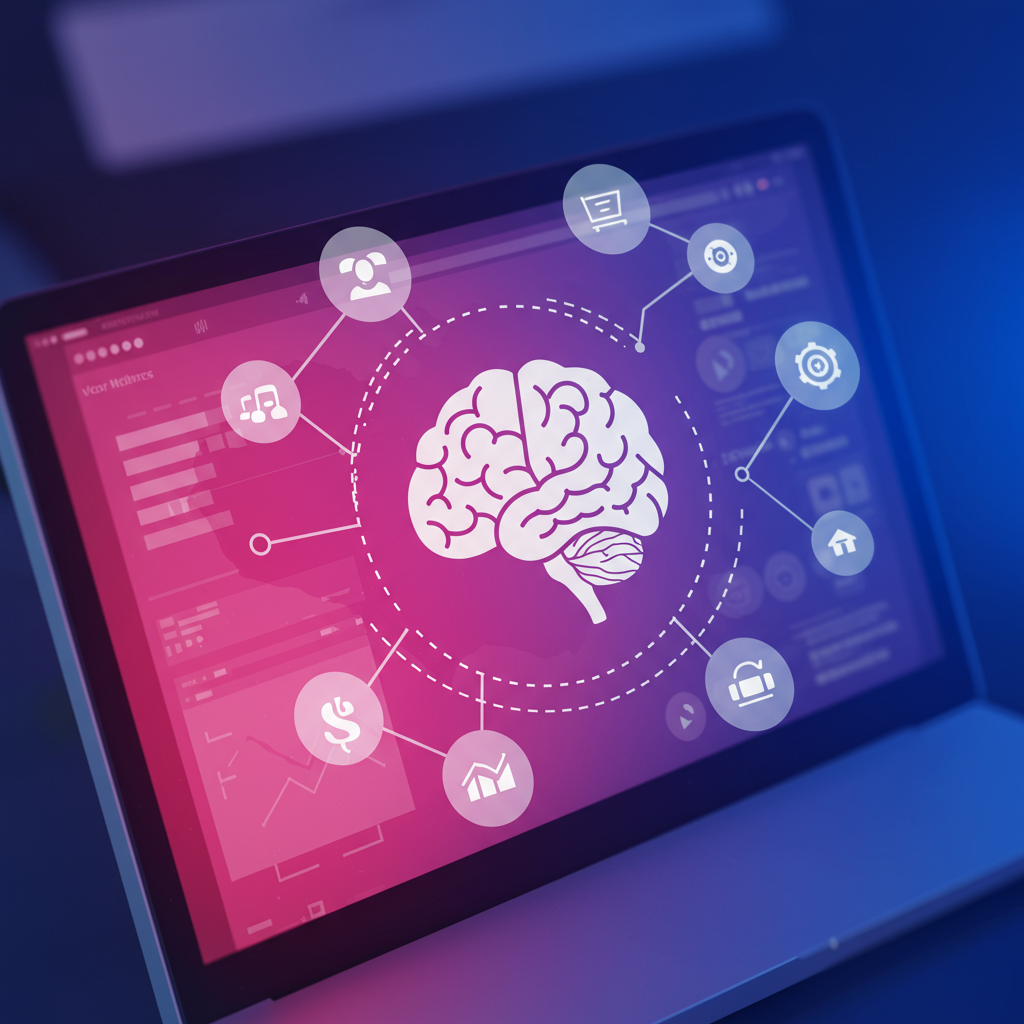How I leveraged Artificial Intelligence to transform raw data into actionable strategies for my e-commerce store.
As a Shopify merchant, I’ve always been fascinated by data. We collect so much of it, from customer visits to purchase histories, abandoned carts, and marketing campaign performance.
For a long time, though, I felt like I was drowning in numbers without truly understanding what they were telling me. It was like having a treasure map but no compass.
I knew there was immense potential hidden within all that raw data, but extracting actionable insights felt like a monumental task, often requiring hours of manual analysis or complex spreadsheet formulas.
That’s when I started exploring the power of Artificial Intelligence (AI) and how it could revolutionize my approach to running my Shopify store.
What I discovered was a game-changer: AI isn’t just for tech giants; it’s a practical, accessible tool that can empower any Shopify merchant to make smarter, data-driven decisions.
When I talk about AI for Shopify, I’m not referring to futuristic robots or complex algorithms that require a Ph.D. to understand.
Instead, I’m talking about intelligent software applications and tools that can analyze vast amounts of data much faster and more accurately than any human ever could.
These tools identify patterns, predict future trends, and automate tasks, all designed to give you a competitive edge.
Think of it as having a super-smart data analyst working for you 24/7, sifting through every click, every purchase, and every interaction on your store.
The benefits I’ve personally experienced are profound. First and foremost, it’s led to a significant increase in my sales and conversion rates.
By understanding my customers better, I can offer them exactly what they want, when they want it, leading to more successful transactions.
Beyond sales, AI has helped me optimize my inventory, reducing waste and ensuring I always have popular items in stock.
It’s also streamlined my marketing efforts, ensuring my ad spend is targeted and effective, rather than just throwing money at the wall.
Ultimately, AI has given me back valuable time, allowing me to focus on strategic growth and product development, rather than getting bogged down in data analysis.
One of the first areas where AI made a huge impact for me was in customer behavior analysis. I used AI tools to segment my customers based on their purchase history, browsing patterns, and engagement levels.
This allowed me to identify my most valuable customers, understand what drives their loyalty, and even predict which customers might be at risk of churning.
This insight directly fed into personalization. Instead of generic product recommendations, my Shopify store now dynamically suggests items based on individual browsing history and past purchases.
I’ve also leveraged AI for inventory management. Predicting demand for specific products based on historical sales, seasonality, and even external factors like social media trends has become incredibly accurate.
This means I can optimize my stock levels, avoiding both costly overstocking and frustrating out-of-stock situations that lead to lost sales.
For marketing optimization, AI has been invaluable. It helps me analyze the performance of my ad campaigns across different platforms, identifying which channels deliver the best ROI.
It can even suggest optimal times to send emails or launch promotions, maximizing their impact and ensuring my marketing budget is spent wisely.
Even in customer service, AI has played a role. While I still value human interaction, implementing AI-powered chatbots for common FAQs has freed up my team to handle more complex inquiries, improving overall customer satisfaction.
So, how did I start? My advice is to begin by identifying your biggest pain points. Is it abandoned carts? Inventory issues? Low conversion rates?
Then, explore the Shopify App Store. There are numerous AI-powered apps available, ranging from recommendation engines and predictive analytics tools to advanced marketing automation platforms.
I started with a simple recommendation app, then gradually integrated more sophisticated tools as I became more comfortable and saw the tangible benefits.
The key is to ensure your data is clean and integrated. AI thrives on good data, so investing a little time in data hygiene upfront will pay dividends.
Remember, AI isn’t a “set it and forget it” solution. I constantly monitor the insights it provides, test different strategies, and iterate based on the results.
Of course, it’s not without its challenges. Ensuring data quality is paramount; “garbage in, garbage out” definitely applies here.
There’s also the initial learning curve with new tools, and the cost can be a consideration for smaller businesses, though many apps offer tiered pricing.
And while AI is powerful, it’s not a magic bullet. It provides insights and automation, but human oversight, strategic thinking, and creativity are still essential for true success.
Embracing AI has fundamentally changed how I operate my Shopify store. It’s transformed my data from a confusing mess into a clear roadmap for growth.
I truly believe that for any Shopify merchant looking to stay competitive and thrive in today’s dynamic e-commerce landscape, leveraging AI insights is no longer an option, but a necessity.
It empowers you to move beyond guesswork and make truly data-driven decisions that propel your business forward.
I’m excited about the future possibilities AI holds for e-commerce, and I encourage you to start your own journey into unlocking its power.
What do you think about this article? I’d love to hear your thoughts on how AI could impact your Shopify store, or if you’re already using it!






